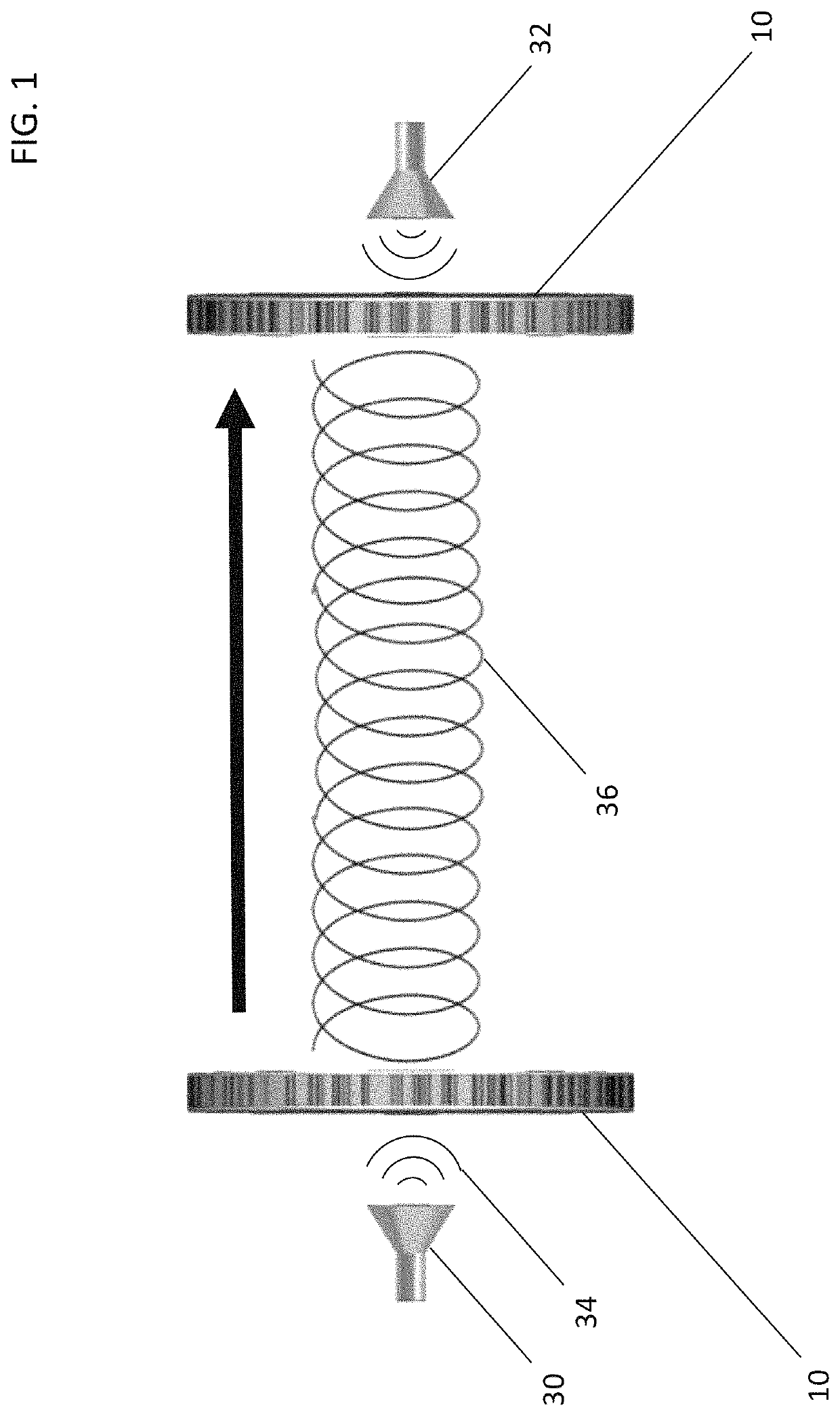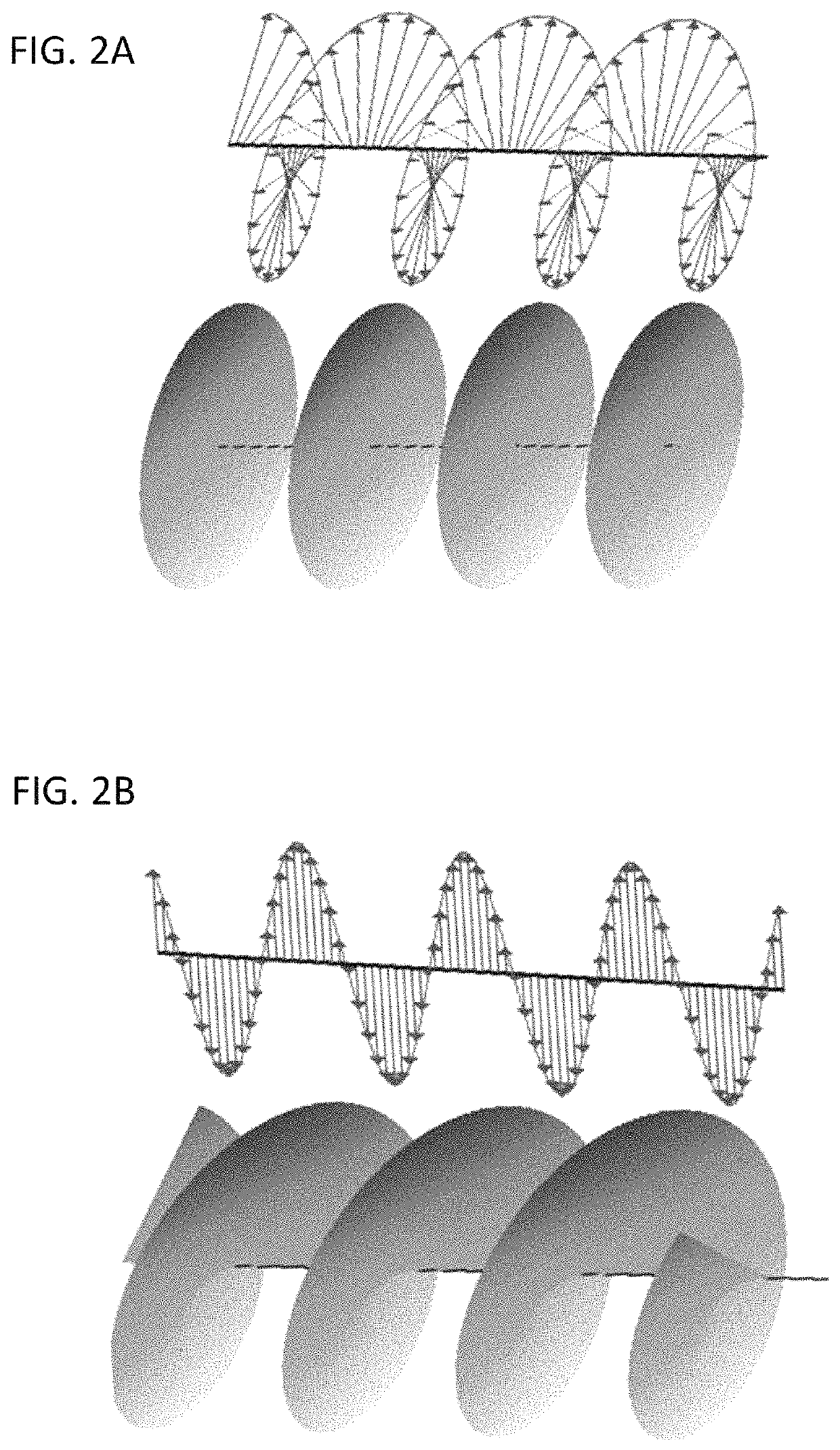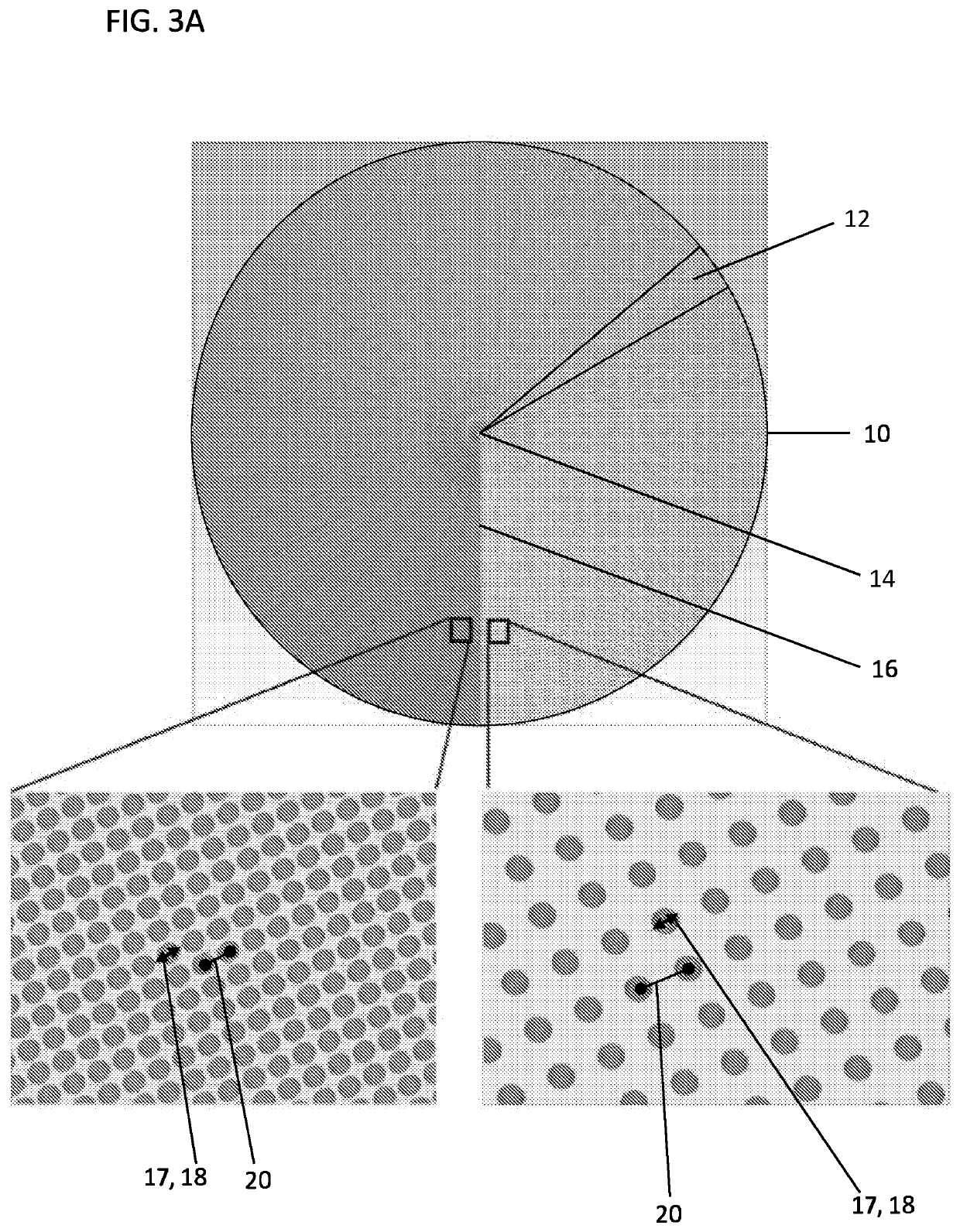Devices, systems and methods for creating and demodulating orbital angular momentum in electromagnetic waves and signals
a technology of electromagnetic waves and electromagnetic waves, applied in nanotechnology, instruments, nanotechnology, etc., can solve the problems of random and uncontrolled atmospheric turbulence or distortion, aberrations or other perturbations, and the ability to improve the demodulation effect of oam beams, reduce multiplexing errors, and mitigate interference between multiple oam beams
- Summary
- Abstract
- Description
- Claims
- Application Information
AI Technical Summary
Benefits of technology
Problems solved by technology
Method used
Image
Examples
Embodiment Construction
[0081]These, and other, aspects and objects of the present invention will be better appreciated and understood when considered in conjunction with the following description and the accompanying drawings. It should be understood, however, that the following description, while indicating preferred embodiments of the present invention and numerous specific details thereof, is given by way of illustration and not of limitation. Many changes and modifications may be made within the scope of the present invention without departing from the spirit thereof and the invention includes all such modifications, such as, but not limited to, the use of this invention to generate and transmit Orbital Angular Momentum (OAM) electromagnetic (EM) waves.
[0082]OAM signals are of particular importance in telecommunications systems. OAM telecom systems include a transmitter system capable of generating and sending OAM modulated signals to a receiver system capable of demodulating the OAM signals to extrac...
PUM
 Login to View More
Login to View More Abstract
Description
Claims
Application Information
 Login to View More
Login to View More - R&D
- Intellectual Property
- Life Sciences
- Materials
- Tech Scout
- Unparalleled Data Quality
- Higher Quality Content
- 60% Fewer Hallucinations
Browse by: Latest US Patents, China's latest patents, Technical Efficacy Thesaurus, Application Domain, Technology Topic, Popular Technical Reports.
© 2025 PatSnap. All rights reserved.Legal|Privacy policy|Modern Slavery Act Transparency Statement|Sitemap|About US| Contact US: help@patsnap.com



